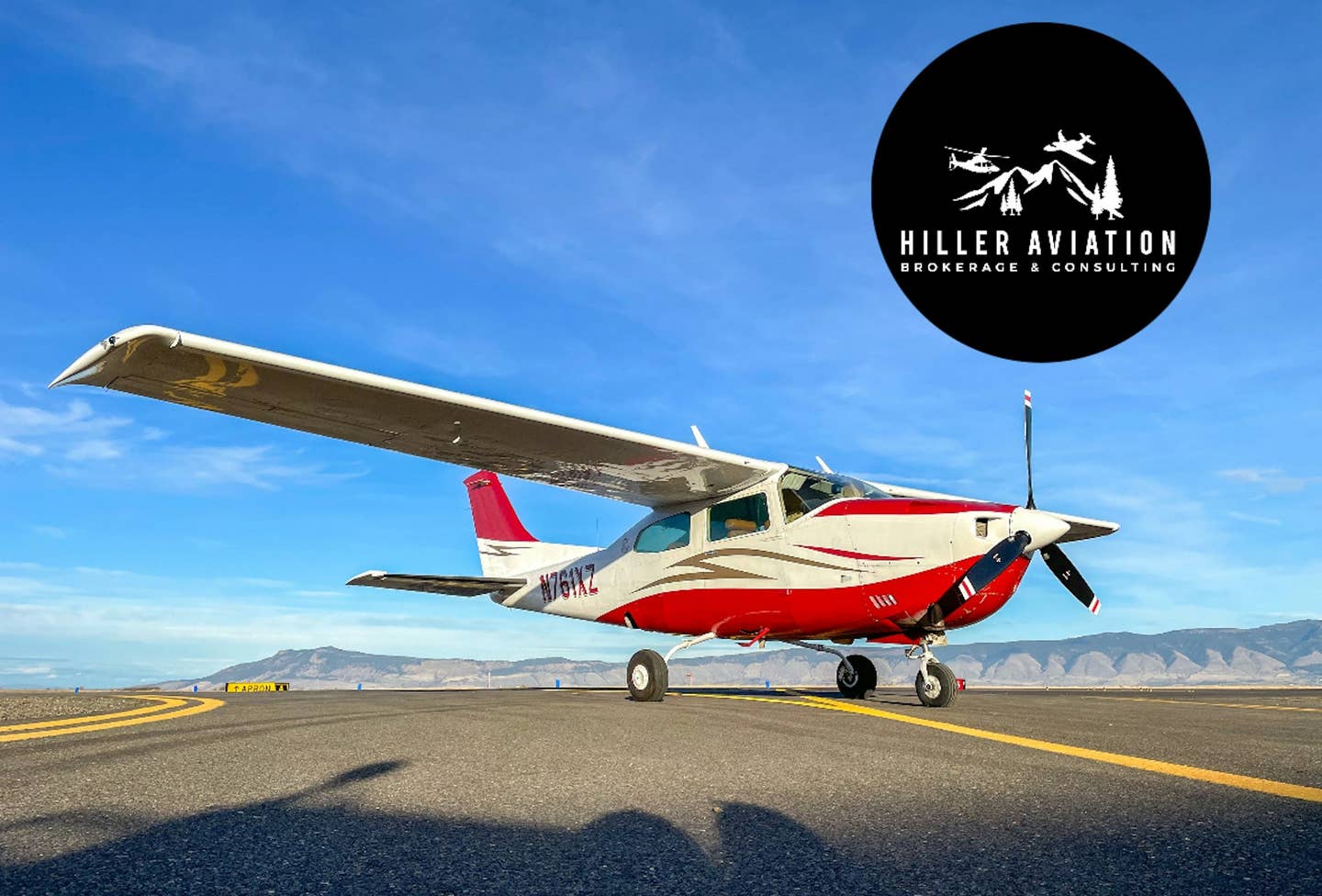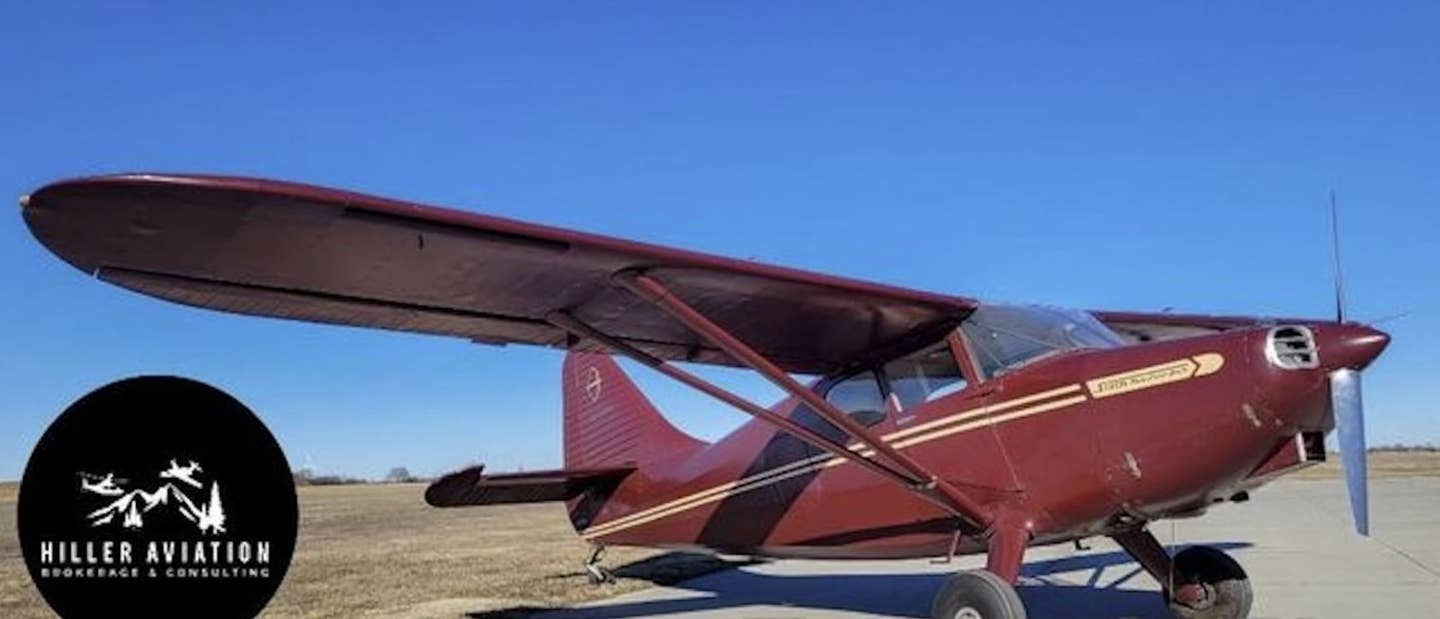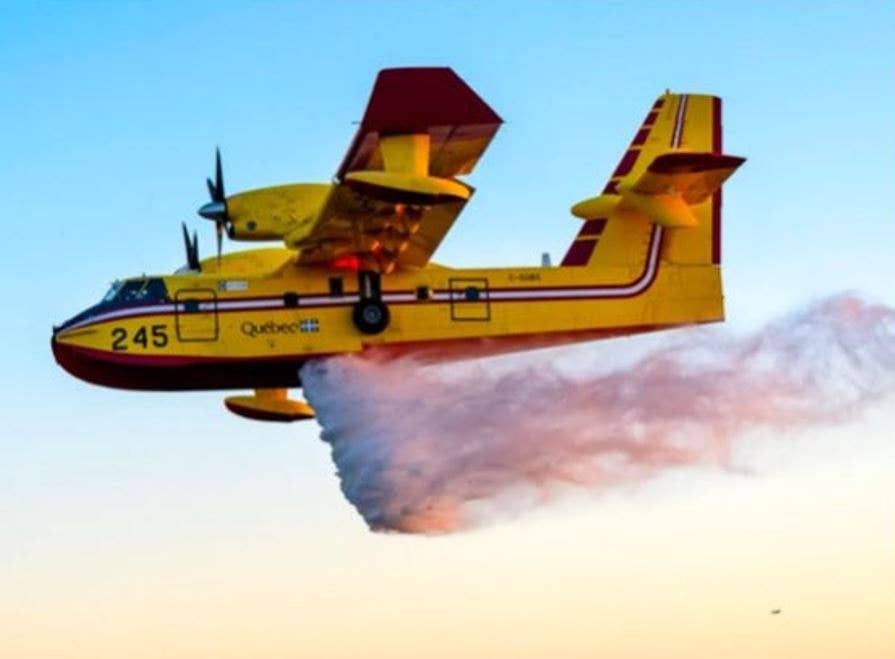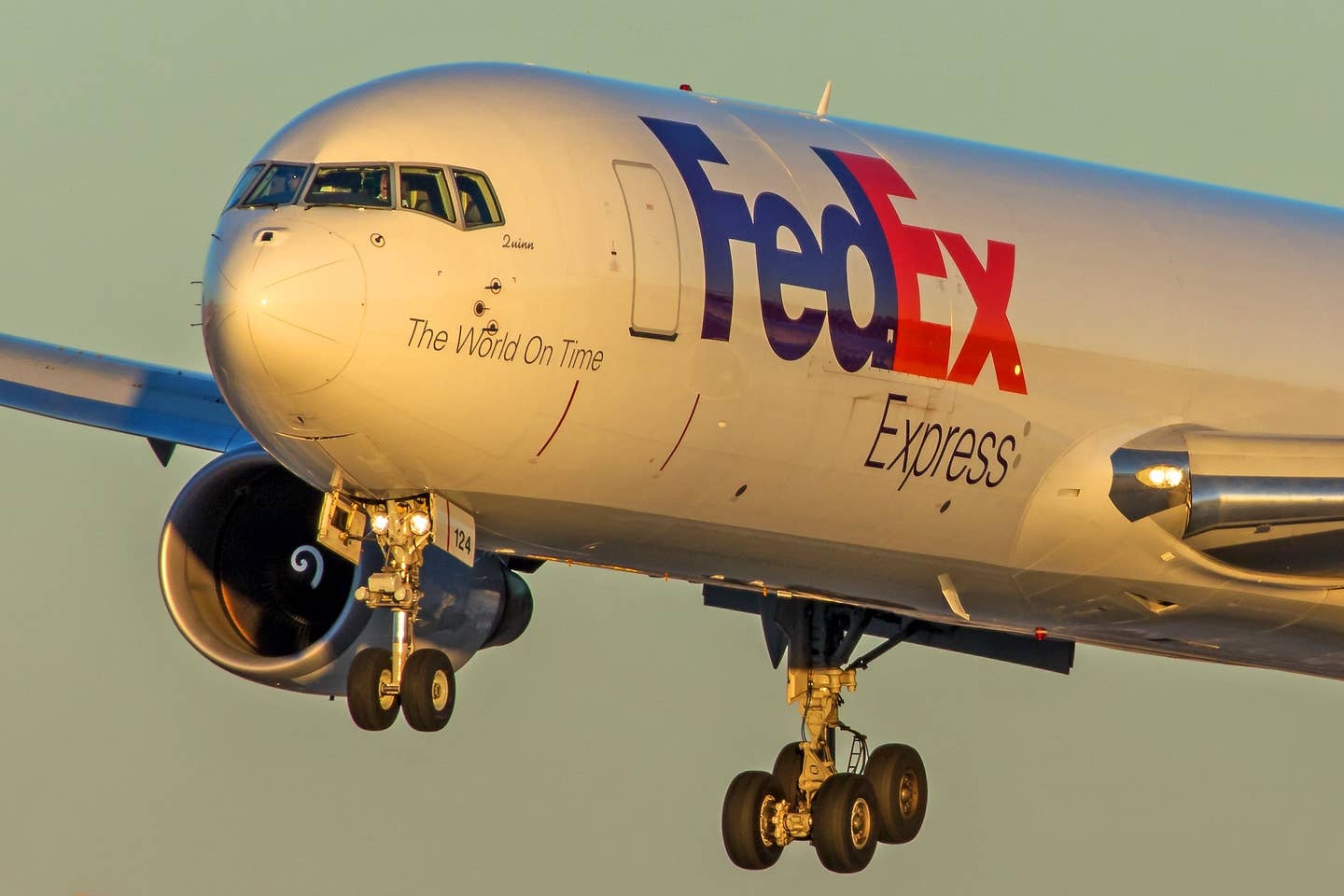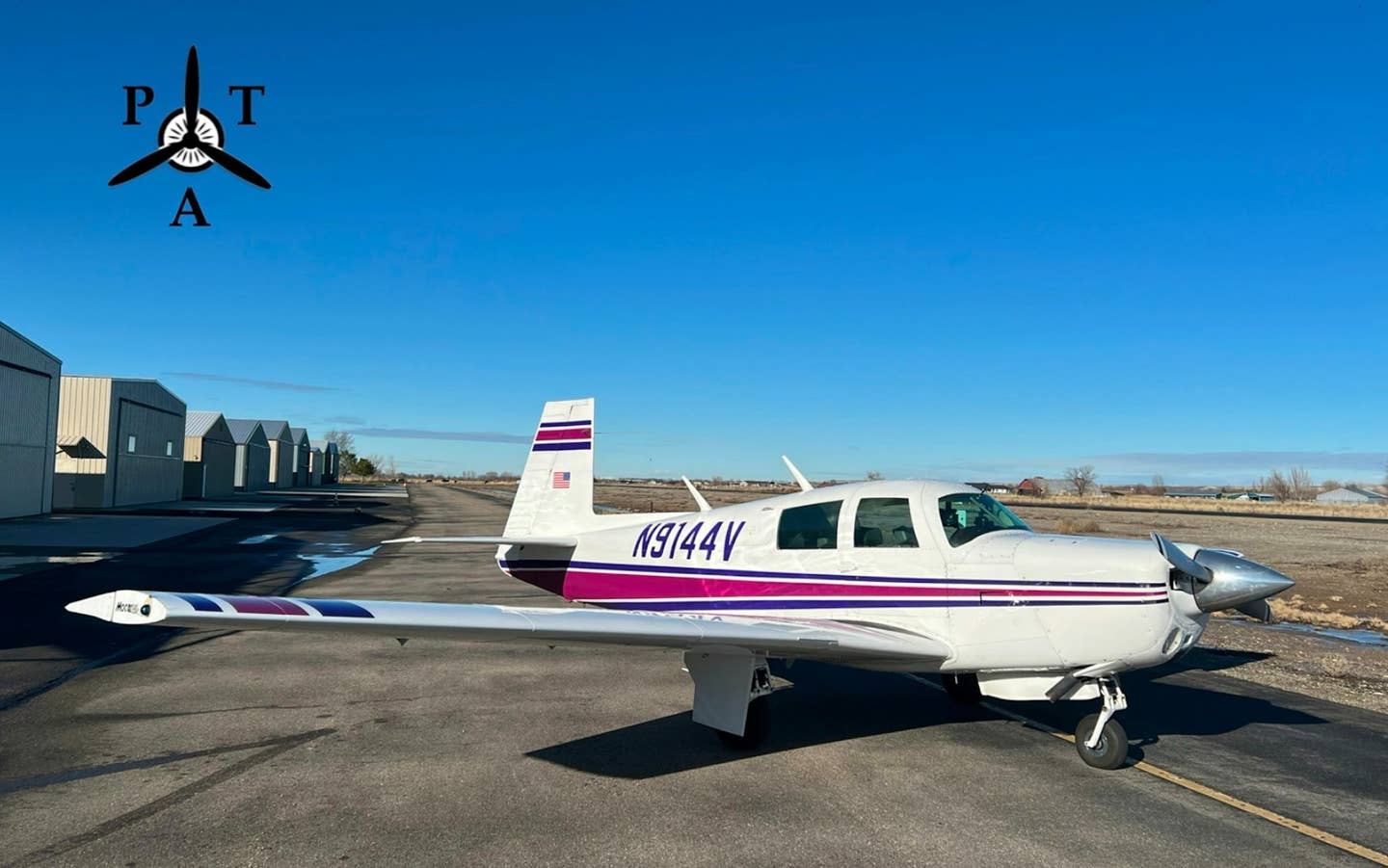
Three years ago I wrote about an accident involving a pilot who became impatient waiting for a stratus layer to lift, and went out looking for a break (or its ambiguous cousin, a "thin spot") through which he could climb to VFR on top. That accident took place in Los Angeles, and I described the condition known as "June gloom" that is all too familiar to non-instrument-rated area pilots:
Los Angeles is subject to a weather condition locally known as "June gloom." It's been explained to me a dozen times, but I can never get it straight. The ocean surface is warmed by the sun, or the land is cooled by the wind, or whales surface in the Catalina channel at night and yawn -- whatever it is, the result is foggy, overcast mornings. Usually the stratus layer "burns off" by midday, leaving behind a hazy afternoon. The radio weather reports use the same phraseology each day to announce this monotonous phenomenon: "Early morning low clouds and fog along the coast, clearing by afternoon ..." It's like a prayer repeated by heart.
June gloom is a problem for local pilots. Los Angeles is hemmed in by mountains rising as high as 10,000 feet along its northern and eastern edges. The stratus layer lies over the city like a lid. When you climb through it -- instrument-rated pilots in L.A. are accustomed to logging actual IFR in two-minute increments -- you emerge under cloudless blue skies over a vast, level plain of gleaming white broken here and there by ranges of familiar mountains that look wilder and more pristine than when you see them with their feet in the city.
The stratus layer that usually burns off by noon often re-forms before midnight, and late-arriving flights find themselves above a glowing deck of thin clouds through which the haloed lights of streets and buildings can sometimes be glimpsed. The first airports to be affected are the ones on the west side of the city, near the ocean -- Santa Monica, LAX, Hawthorne, Compton, Torrance. The clouds spread gradually inland, filling the San Fernando Valley from south to north. Burbank and Van Nuys go down more or less simultaneously; Whiteman, located at the north edge of the Valley, is the last to go. Even after the cloud cover goes solid, however, it is sometimes still possible to slip below the clouds in a pass a few miles north of Van Nuys and to fly VFR from there to one of the three Valley airports.
Whiteman has its own VOR and GPS approaches, but when there's VMC below a stratus layer pilots often use the nearby Van Nuys ILS instead, turning east off the localizer when they're in the clear for the four-mile transition to Whiteman.
On Wednesday, June 1, 2005, a private pilot flew a borrowed Mooney M20C from San Jose to John Wayne Airport near the southern edge of the Los Angeles metropolitan area. There he had dinner with a friend and topped his tanks before departing for Whiteman, his home airport, at 9:45.
Earlier in the day the pilot had spoken with the owner of the airplane, who had cautioned him to monitor the weather. It tends in late spring to be highly predictable, but this time the area forecast was a bit optimistic. Issued at 7:45, it called for marginal VFR conditions -- ceilings between 1,000 and 3,000 feet, visibilities between three and five miles -- in the coastal plain, with the inland valleys remaining clear of clouds until 11 p.m. After that, the outlook called for a 1,000-foot ceiling with tops between 3,000 and 4,000, and three miles visibility in mist. The terminal area forecast for Van Nuys called, a little more pessimistically, for a broken ceiling at 1,500 feet by 10:30. Actually, by 10 o'clock, when the pilot arrived in the vicinity of Whiteman, the overcast had already formed.
Radar tapes preserved the airplane's track. The pilot evidently first took a look at the pass, about eight miles northwest of the airport. To remain 500 feet above the ground at the lowest part of the pass, one has to be at 2,000 msl. He descended -- the radar track is lost for nine minutes as a mountain ridge hides the airplane from Burbank's radar -- but evidently could not find a way through. The Mooney reappears on radar at 2,500 feet just north of the pass. It climbs to 3,500 feet, meanders a bit, descends again to 2,800 feet, is lost to radar for a minute, then climbs to 5,000 feet while flying westward to around Santa Paula before reversing course and returning to the vicinity of the pass.
The excursion to Santa Paula consumed 30 minutes. During this time, the pilot evidently decided that he could get below the overcast by shooting the ILS approach to Van Nuys. This was not a great idea. He did not have an instrument rating and was comparatively inexperienced. His last log entry, five months before the accident flight, put his total time at barely over 200 hours. He had logged 11.5 hours of simulated instrument time, but no actual, and the last log entry for instrument practice was dated 13 months earlier. Furthermore, the Mooney's artificial horizon had a known problem: It displayed a 10-degree left bank when the airplane was in level flight. The pilot himself had taken photographs of it; accident investigators later recovered them from his camera.
Besides, Whiteman was not the only place he could have gone. The overcast was a local condition, confined to the city; in the inland desert, 20 minutes away, Fox Field at Palmdale was clear.
The pilot contacted SoCal Approach and was cleared for the ILS to Van Nuys. He approached the localizer, which has a bearing of 161 degrees, from the west, overshot it, and corrected. He was on the localizer at the outer marker, and presumably still above the clouds. Approach instructed him to contact the tower and the pilot acknowledged. Three minutes passed. The pilot then announced on SoCal's frequency that he "had some problems" and was climbing. The controller instructed him to proceed southbound and climb to 5,000 feet. The pilot did not respond, and the controller repeated the instruction. The pilot then replied that he was climbing to 5,000 feet. That was his last transmission.
The Mooney was in actual instrument conditions now, and the dramatic difference between actual and simulated instrument flying was making itself felt. All that was necessary was to keep the DG pointing somewhere around 180 and go to climb power. That sounds easy, but once panic grips a pilot, it isn't. Radar recorded an erratic track as the Mooney turned 90 degrees to the west, then after 30 seconds turned southward again, only to veer to the northwest after another half-minute. Its altitude went from 2,100 feet to 2,500, then to 2,400, then to 3,000 -- probably just below the tops and safety -- then back down. Twelve seconds after turning northwestward and five miles from Van Nuys, the Mooney slammed at high speed into the side of a shallow ravine at an elevation of 1,253 feet.
Years ago, when instrument training became part of the private license curriculum, it was thought that every pilot ought to possess the basic ability to keep an airplane upright by reference to the instruments. This seemed like a reasonable idea in view of the long and sad history of VFR pilots wandering into IMC and losing control. But it had an unintended consequence: It encouraged non-instrument-rated private pilots to take greater risks in the belief that if worse came to worst their instrument flying skills would get them out of a bind. You have to wonder whether more pilots haven't gotten killed because they could fly instruments -- or thought so, at least -- than because they couldn't.
Instrument flying requires certain habits: a systematic scan, smooth control application, anticipation, situational awareness. These habits, in turn, require a certain inner calm. Newly minted instrument pilots are encouraged to go easy at first, because the mere fact of no longer having an instructor beside you changes your mental state and makes the practice of good instrument technique more difficult. When we read about loss-of-control accidents involving instrument-rated pilots we inevitably ask ourselves, "How could that happen? It's so simple!" But the fact that it does happen, again and again, shows that is not so simple as we think.
The off-kilter artificial horizon should have been the red flag that forestalled this attempt. But the pilot no doubt said to himself that 10 degrees left would be the new wings-level, and would be easy to maintain. What he did not realize is that if he became rattled -- as he very likely might -- it would become difficult for him to tell a left bank from a right, or to interpret the altimeter needles or the numbers on the directional gyro. In short, the abilities gained from his 11.5 hours of simulated instrument flying would desert him.
A retired Air Force fighter and test pilot once told me that he would much sooner punch out of a disabled airplane if the problem were entirely of the airplane's making, and none of his own. To feel responsible for a problem is to feel pressure to confront rather than retreat from it. The pilot of the Mooney must have felt that he had brought his predicament upon himself. The airplane's owner had warned him to be careful of the weather, and he had not been careful enough. That alone -- though there may have been other reasons that the National Transportation Safety Board's report does not touch upon -- may have made him feel that he needed to make an extraordinary effort to get himself and the airplane back to Whiteman. No possible reason, however, could have been so compelling as to justify the final outcome.
This article is based on the National Transportation Safety Board's report of the accident and is intended to bring the issues raised to the attention of our readers. It is not intended to judge or to reach any definitive conclusions about the ability or capacity of any person, living or dead, or any aircraft or accessory.
My Aftermath article last April (With So Many Cooks) concerned an airplane that flew into terrain short of the runway after being hundreds of feet low during the approach. One of the issues raised by the accident, and cited in the finding of probable cause, was the failure of controllers to alert the pilot to his low altitude. Since I wrote that article, the NTSB discovered a new tape recording that contains transmissions by both the pilot and the tower controller that were not audible on ATC tapes. As a result, the NTSB revised its finding, absolving controllers of responsibility and removing them from the probable cause.

Sign-up for newsletters & special offers!
Get the latest FLYING stories & special offers delivered directly to your inbox

